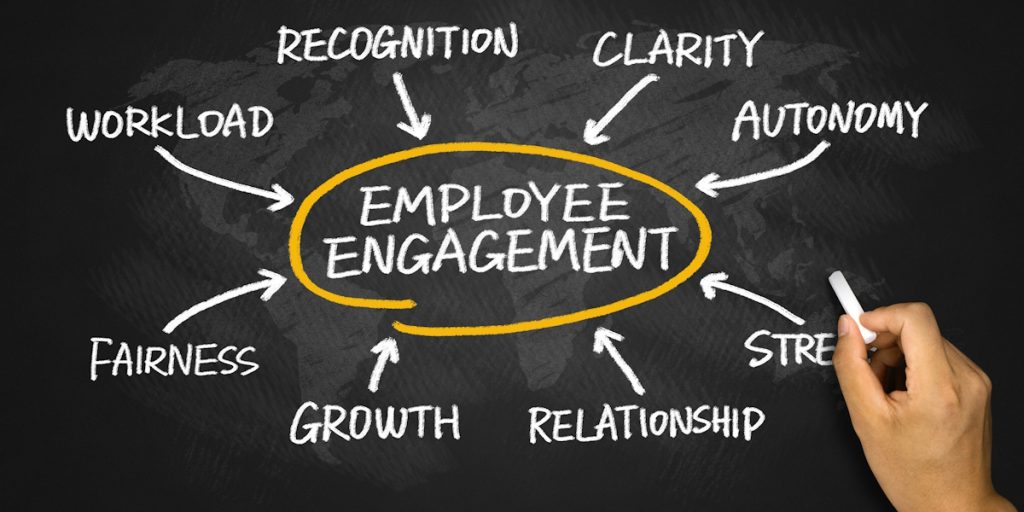Every company wants long-term clients, but not every business knows how to build those lasting connections. When you simply deliver a product or service, people see you as a vendor. Clients may switch to a competitor for a small price cut or a faster delivery time. But when you focus on a client loyalty strategy, you start to change that dynamic. You shift from being a replaceable vendor to becoming a trusted partner by earning loyalty through consistent value, mutual respect, and a strategic approach to client engagement.
Loyalty doesn’t happen overnight—it’s the result of genuine, long-term effort. When businesses focus on long-term relationships rather than short-term gains, loyalty becomes more than just a retention tactic — it becomes the foundation of real partnership.
Why the Vendor Mindset Isn’t Enough
In many B2B relationships, businesses provide what’s requested, send the invoice, and move on. This model might work in the short term, but it limits growth and puts client relationships at risk. When people see you only as a vendor, they choose others who offer better pricing or faster turnaround times.
Clients in today’s market are looking for more than transactional service. They want strategic client partnerships with companies who understand their goals, anticipate their needs, and help them succeed. Being just a vendor won’t get you there.
The Power of Client Loyalty Strategy
Loyalty is not just about rewards or point systems. In B2B relationships, loyalty is about creating consistent value over time. A strong client loyalty strategy involves understanding what matters to your clients and finding ways to support those needs on a deeper level.
It’s about listening actively, delivering on promises, and making clients feel like their business truly matters. When clients sense that your interest in their success is genuine, they respond with long-term commitment and trust.
How Loyalty Changes the Client Dynamic
When loyalty becomes a priority, the relationship naturally changes. Your client no longer sees you as just a service provider — they turn to you for insight, support, and collaboration. This deeper relationship results in more open communication, smoother processes, and stronger performance on both sides.
Over time, the client begins to see you as part of their team. That’s the point where you’re no longer a vendor. You’re a partner.
Tools to Help Shift From Vendor to Partner
Creating loyalty-driven partnerships takes planning and the right tools. Here are a few proven strategies:
Personalized Engagement
Don’t treat every client the same. Tailor your communication, services, and solutions to match their specific needs. Personalization helps customers feel understood and valued.
Performance Transparency
Clients appreciate honesty. Share reports, metrics, and updates regularly. When things go well, highlight successes. When they don’t, own the issue and explain how you’ll fix it. Trust is built in those honest moments.
Meaningful Rewards and Recognition
B2B loyalty programs can be powerful if they’re designed around client needs, not just spending habits. Offer rewards that reflect the value of your partnership, like exclusive content, strategic support, or early access to new solutions.
B2B Loyalty Programs That Work
Traditional loyalty programs may not fit every business model. But in B2B settings, effective programs are built on data, behavior, and goals. They reward not just purchases, but ongoing engagement, referrals, and collaboration.
For example, you can reward clients for participating in surveys, attending webinars, or providing feedback on beta services. These actions deepen their involvement and show that their voice matters. When a program is aligned with your shared goals, loyalty grows naturally.
Measuring Loyalty and Making Adjustments
You can’t improve what you don’t measure. Track how your client loyalty strategy is performing by watching client retention rates, engagement levels, and referral activity. Use feedback surveys and one-on-one conversations to understand how clients view the relationship.
If your strategy isn’t building the trust or involvement you expected, don’t be afraid to adjust. Small changes — like improving onboarding, offering proactive support, or revising your communication style — can make a big difference.
Moving Forward as a Trusted Partner
Once you shift from vendor to partner, everything changes. You gain a stronger voice in your client’s decision-making. You become part of their success story, and they become loyal advocates for your brand.
That kind of loyalty doesn’t just keep clients — it helps you grow. Satisfied clients refer others, increase their engagement, and become your biggest supporters.
If you’re ready to build real partnerships, start by focusing on loyalty. Offer value, show consistency, and earn trust. Your clients won’t just stick around — they’ll help take your business to the next level.
And if you’re looking for more structured ways to improve retention, check out our guide on B2B Customer Retention.
Are You Still Seen As Just A Vendor — Or Are You Becoming A True Partner Your Clients Can Rely On?




